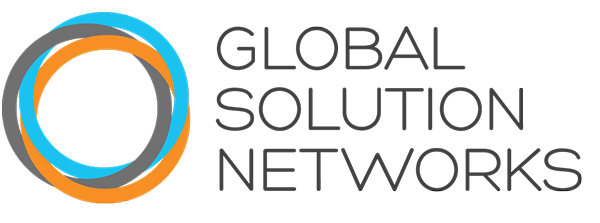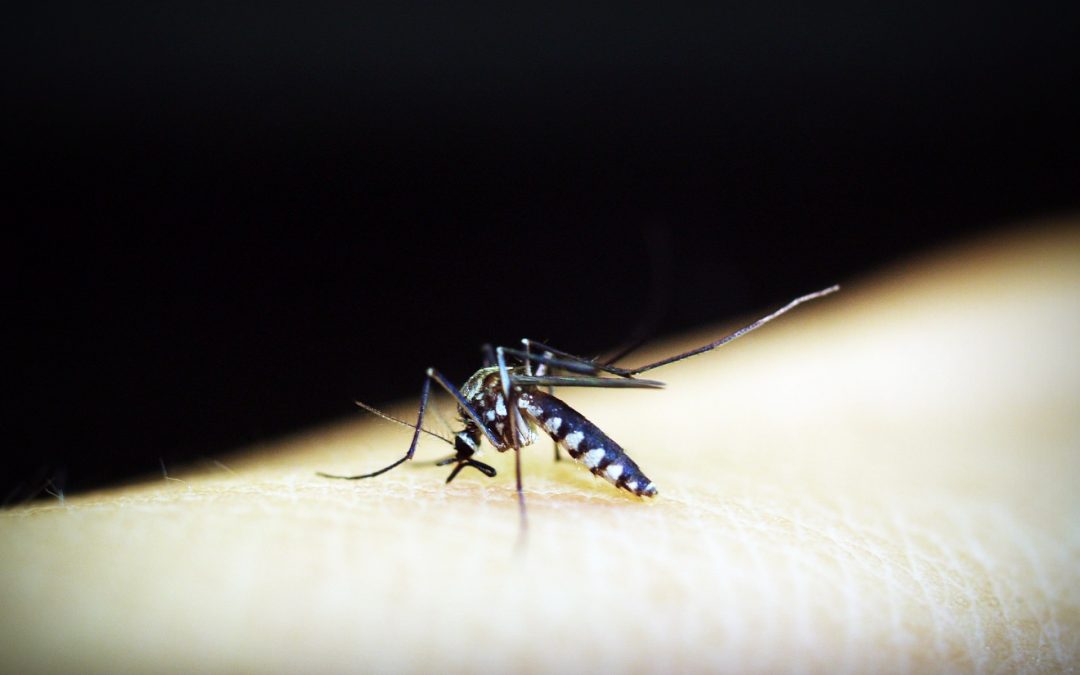The tracking of epidemics and creating global health solutions is a problem made for blockchain to solve. Jim Nasr, chief software architect at the CDC’s Center for Surveillance, Epidemiology, and Laboratory Services is leading a team working on blockchain technology proofs of concept, that could generate a real application in the next year. Most are geared toward surveillance, using a blockchain to manage data during an epidemic, or track trends.
“Public health and blockchain really do belong together,” Nasr says. Success depends on the ability of peer organizations—the CDC, state and local health agencies, hospitals and clinics—to collaborate effectively and efficiently, and the “currency” for that collaboration is data, he says. “Moving that data from one peer to another in a secure manner, in a compliant manner, and in a transparent manner—as quickly as possible—is a key part of the business model.”
Blockchain technology is a fit for public health applications where a complex variety of data usage agreements and government privacy rules dictate who can see and who can modify data. The complicated peer-to-peer model for data sharing is very much a problem waiting for a blockchain solution.
During a pandemic an existing mobile app can log information about patients and medications with personally identifiable information stored in the cloud. Blockchain could store and share that data much faster while complying with security and privacy laws.
There are some complicated issues. Who should maintain the ledger, should there be both a permission and a public ledger, and how should identities be managed. It’s still early, but the next generation of the Internet is about to change human disease management for the better.


